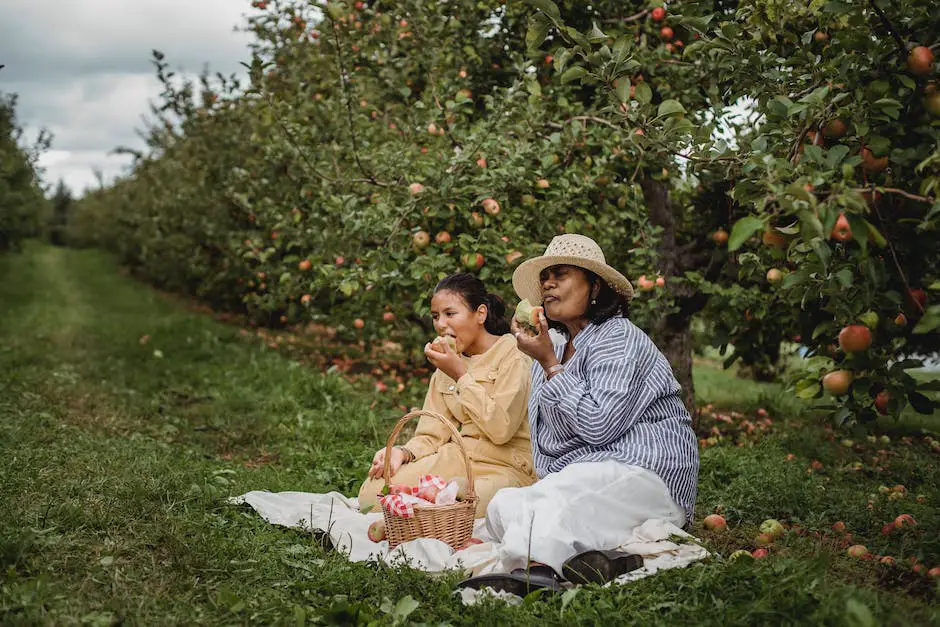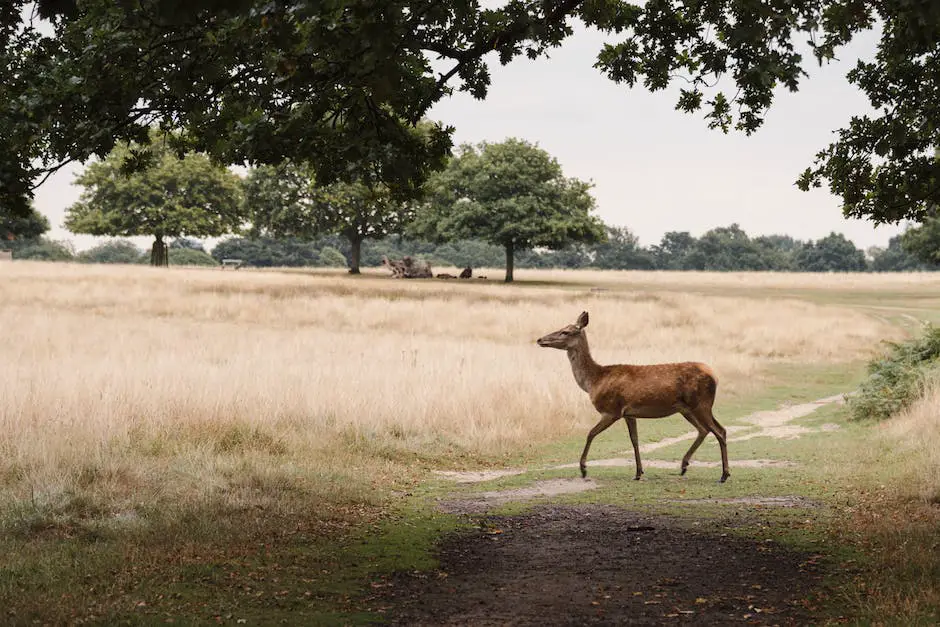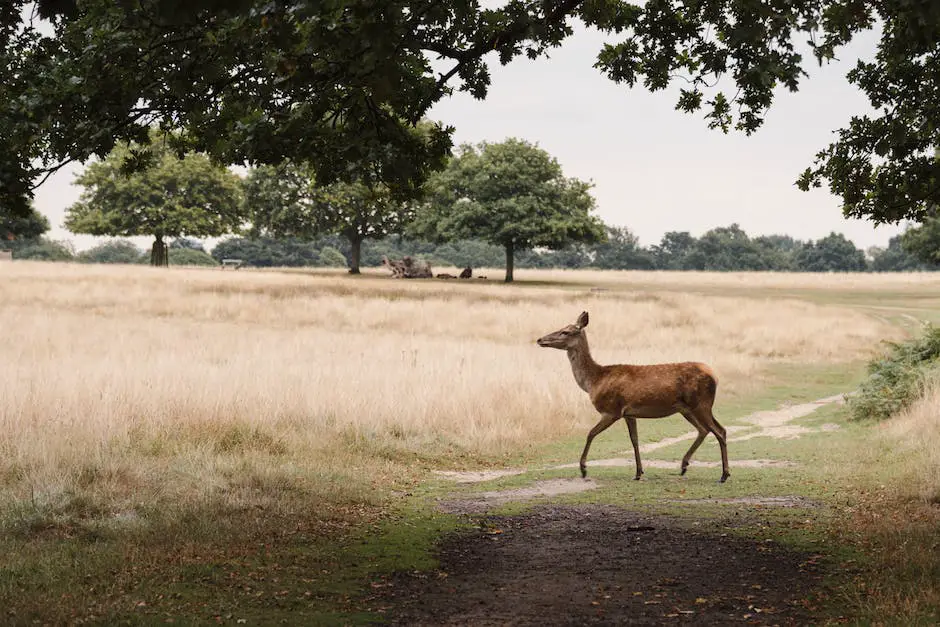Apple trees are a popular tree to plant, but can you plant just one? The answer is yes, you can plant a single apple tree, but there are a few things to consider before doing so. First, apple trees need full sun to produce the best fruit, so choose a spot in your yard that gets plenty of sunlight. Second, apple trees need well-drained soil to thrive, so make sure the spot you choose is not too wet or too dry. Finally, apple trees can be attacked by pests and diseases, so it is important to choose a variety that is resistant to these problems. With a little planning, you can enjoy fresh apples from your own apple tree for many years to come!
Yes, you can plant a single apple tree.
Can you plant an apple tree alone?
When choosing apple trees to plant, it is important to consider the pollination group. Some apples are self-fertile and can be planted alone, but most will give best results when planted with other apple trees nearby that blossom about the same time. Apple varieties are given a pollination group to simplify the selection process: a letter indicating how early or late they flower.
One tree is not enough to set fruit. The vast majority of apple trees require a different variety grown nearby for pollination. While some apple varieties are self-pollinating, even they produce more fruit with another variety nearby.
Can you plant just one fruit tree
Self-pollination is when a plant transfers pollen from the male organ or stamen to the female organ or pistil of the same flower, or of another flower on the same plant. This usually happens without any help from insects or other animals. Many fruit trees do not require cross pollination by a different variety and are self-fruitful. They bear fruit when one variety is planted alone. Most peach and tart cherry varieties are self-fertile and can be expected to bear fruit with pollen from the same tree or another tree of the same variety. This means that you don’t need to plant more than one variety of these fruits in order to get a good harvest.
While some varieties of apple are able to fertilize themselves, others require pollen from another tree to do the job – a process known as cross-pollination. Cross-pollination is important for apple trees because it helps to ensure that the trees are able to produce a good crop of apples.
Do all apple trees need a pollinator?
Apple trees require cross-pollination in order to produce fruit. Even though some varieties are listed as self-fruitful, they will set fruit more heavily and more regularly if they are cross-pollinated. This is because cross-pollination ensures that the tree produces a higher number of flowers, which in turn leads to more fruit.
Apple trees are popular companion plants because they are relatively easy to grow and provide a lot of fruit. They are also good at deterring pests and attracting beneficial insects and pollinators. When choosing a companion plant for your apple tree, make sure to choose one that is relatively easy to grow and that will provide a lot of fruit.
Can an apple tree bear fruit alone?
Self-fertile trees can produce fruit when they are alone, but self-sterile trees cannot. This is because self-fertile trees can pollinate themselves, but self-sterile trees cannot. If a self-sterile tree is alone without a pollinator, it will produce flowers, but the flowers will never turn into fruit.
We offer four different size groups for our children’s products. Size 1 is for 2-3 year olds, Size 2 is for 3-4 year olds, Size 3 is for 4-5 year olds, and Size 4 is for 5-6 year olds. Each size group has a different container size. Size 1 uses a 1 gallon container, Size 2 uses a 3 gallon container, Size 3 uses a 5 gallon container, and Size 4 uses a 7 gallon container.
What is the best month to plant apple trees
If you live in a warmer climate (USDA zones seven and warmer), you can start planting apple trees in the fall. The exact month will depend on where you live, but March and April are ideal for most growers.
Self-pollinating fruit trees are great because they don’t require a lot of additional work to ensure pollination. However, fruit trees that require pollinators can be even better because they produce more fruit. It’s really just a matter of choosing the right type of tree for your needs.
Do fruit trees need to be in pairs?
Fruit trees often need to be pollinated with at least two or three compatible trees in order for the fruit to develop properly. This means that if you want to grow fruit trees, you should plant at least two of each kind that you want to grow, spacing them about 50 feet apart. While this isn’t always possible, it’s generally the best way to ensure that your fruit trees will produce a good crop.
Standard apple trees can take up to six years to bear fruit, while semi-dwarf and dwarf apple trees can produce fruit in as little as three years. Semi-dwarf and dwarf apple trees are smaller in size, making them easier to manage and care for.
How do you know if an apple tree is male or female
The flowers on the end of the plants are called pistils. The ones with the pistils are female, and the ones without are male.
Most apple varieties require cross-pollination from a different variety in order to produce fruit. However, sometimes you may want topollinate your apple trees by hand. Hand pollination is relatively simple: Fluff the end of a cotton swab and swirl it or a small paintbrush in an apple blossom or the package of pollen and apply it to the king bloom in as many flower clusters as you can reach. The best time to pollinate is within 12 to 72 hours of the flower opening.
Do I need two apple trees for fruit?
You can grow apple trees in a variety of sizes, depending on the variety you choose and the space you have available. Miniature apple trees are perfect for small spaces, and can provide you with plenty of fresh apples. Just make sure to plant at least two different varieties to help with pollination and fruit set.
Apple trees need to be cross-pollinated with pollen from the flowers of a different apple variety to produce fruit. For example, Honeycrisp can be pollinated by Pink Lady, but not by another Honeycrisp.
How far away does a Honeycrisp apple tree need to be to pollinate
Honeycrisp apple trees require another apple tree for fertilization in order to bear fruit. Fuji, Golden Delicious, and Red Delicious apple trees are all compatible pollinators for the Honeycrisp. These trees will all survive in the same hardiness zones as the Honeycrisp apple tree.
Apple trees need pollen from other apple trees in order to produce fruit. Orchard owners will often plant crab apple trees amongst high-value apple trees such as Honeycrisp, Gala, and Fuji in order to provide the necessary pollen.
What not to plant next to apple trees
Apple trees and grass are not exactly good companion plants. We are often asked how wide of a mulch ring is needed around an apple tree. The simple answer is, it depends on the maturity of the tree. If the tree is young, a 3-foot mulch ring is usually sufficient. If the tree is mature, a 5-foot mulch ring is generally best.
When planting apples, it is best to do so in full sun and in moist, well-drained soil. The trees will do best in a wide variety of soils, but it is best to avoid planting in low or wet spots. Apples can be planted anytime from spring to fall.
Warp Up
Yes, you can plant a single apple tree.
Yes, you can certainly plant a single apple tree. In fact, many people choose to do just that in their yards. A single apple tree can provide you with fresh apples to eat, as well as a lovely addition to your landscape. Just be sure to choose a spot in your yard that gets plenty of sunlight and has well-drained soil. With a little care, your apple tree will thrive and provide you with years of enjoyment.
I’ve always been drawn to trees.
As a kid, I spent most of my free time outside, climbing, exploring, and trying to figure out the names of the trees around me.
That early curiosity eventually led me to study arboriculture and horticulture at Michigan State.
Later, I completed a degree in forestry at the University of Michigan.
I’ve been working in tree care and education ever since.
These days, I enjoy helping people learn more about the trees in their own backyards.
How they grow, how to care for them, and why they matter.
You don’t need to be an expert to appreciate trees.
A little curiosity goes a long way.
